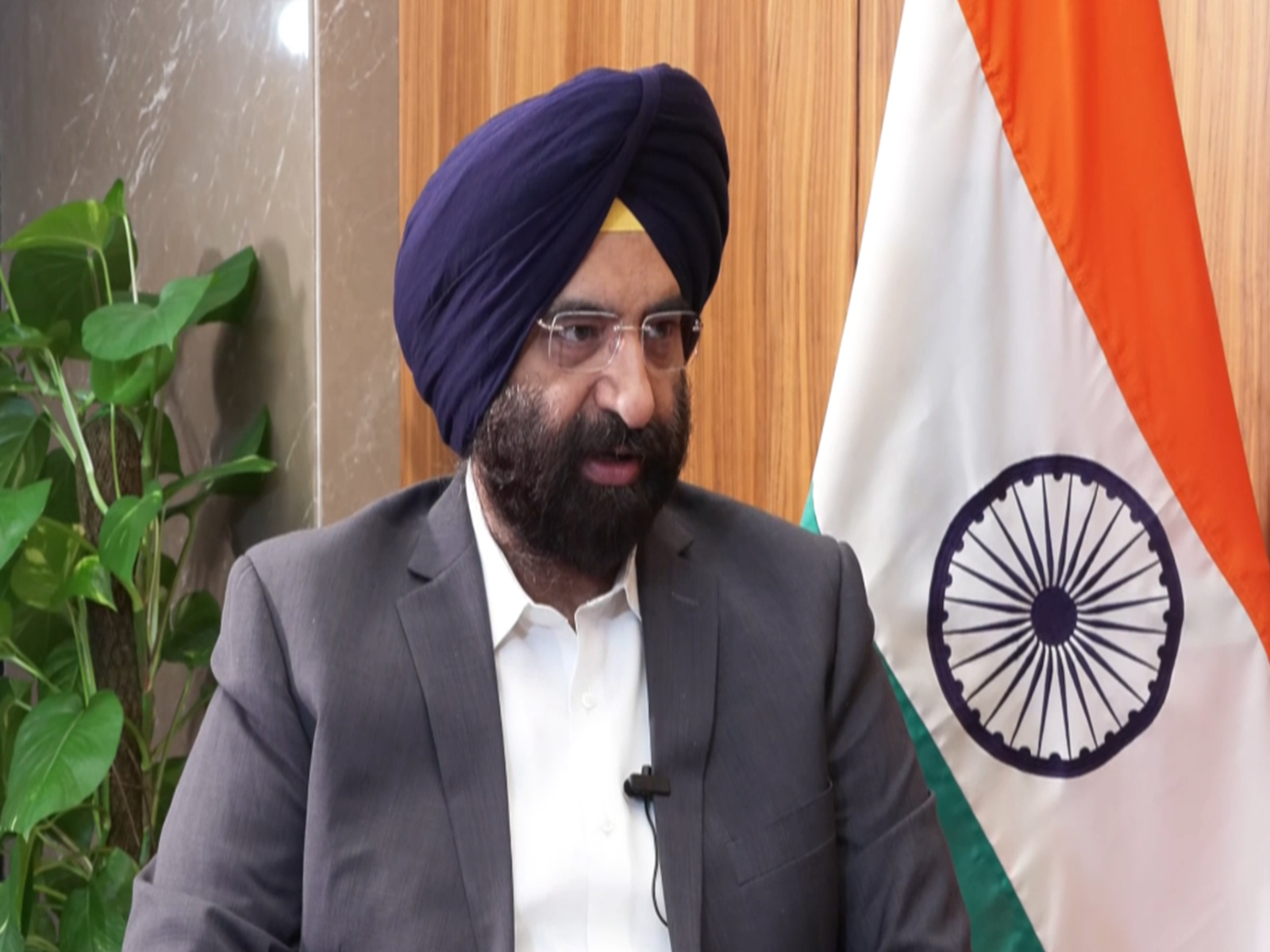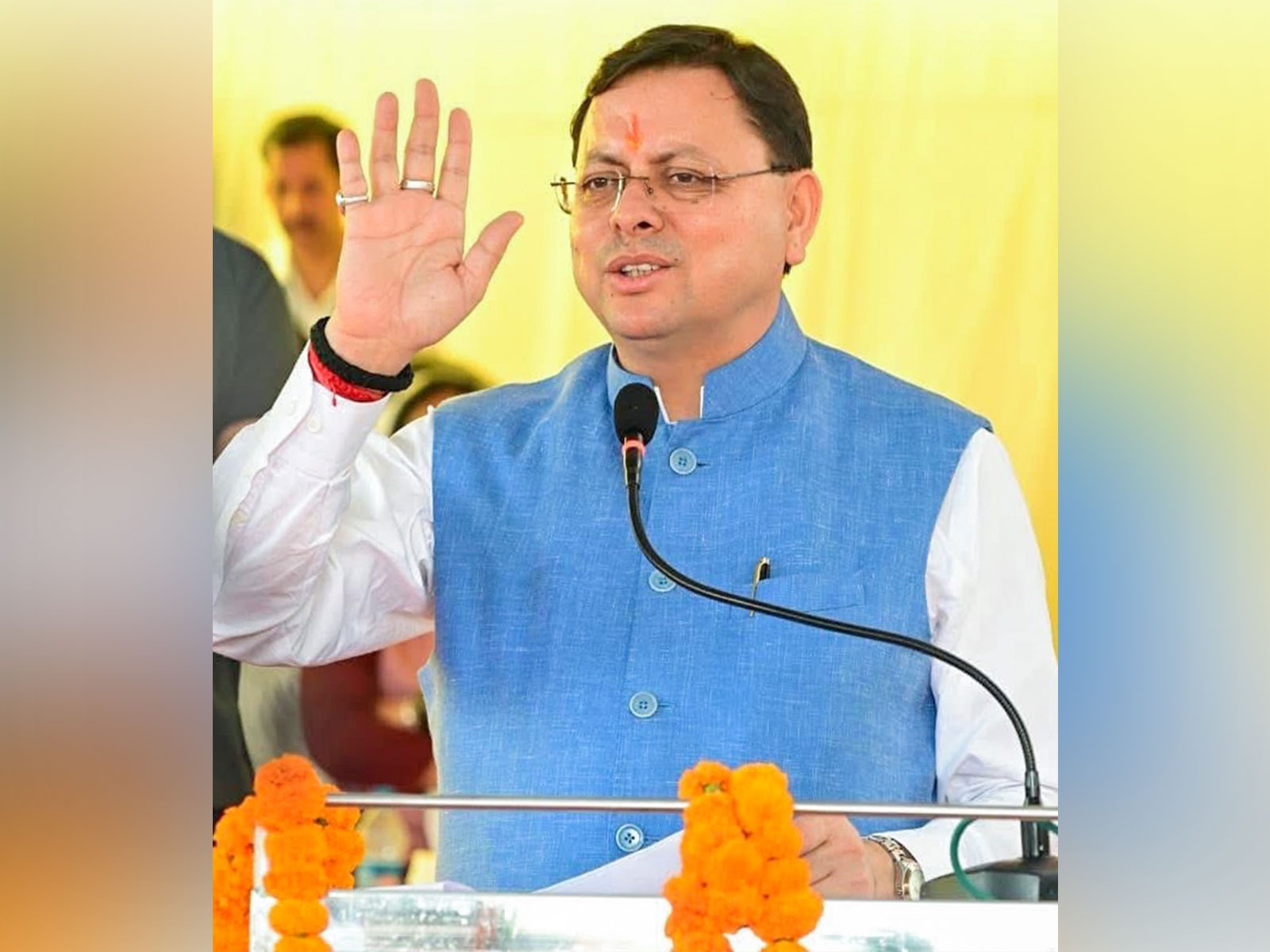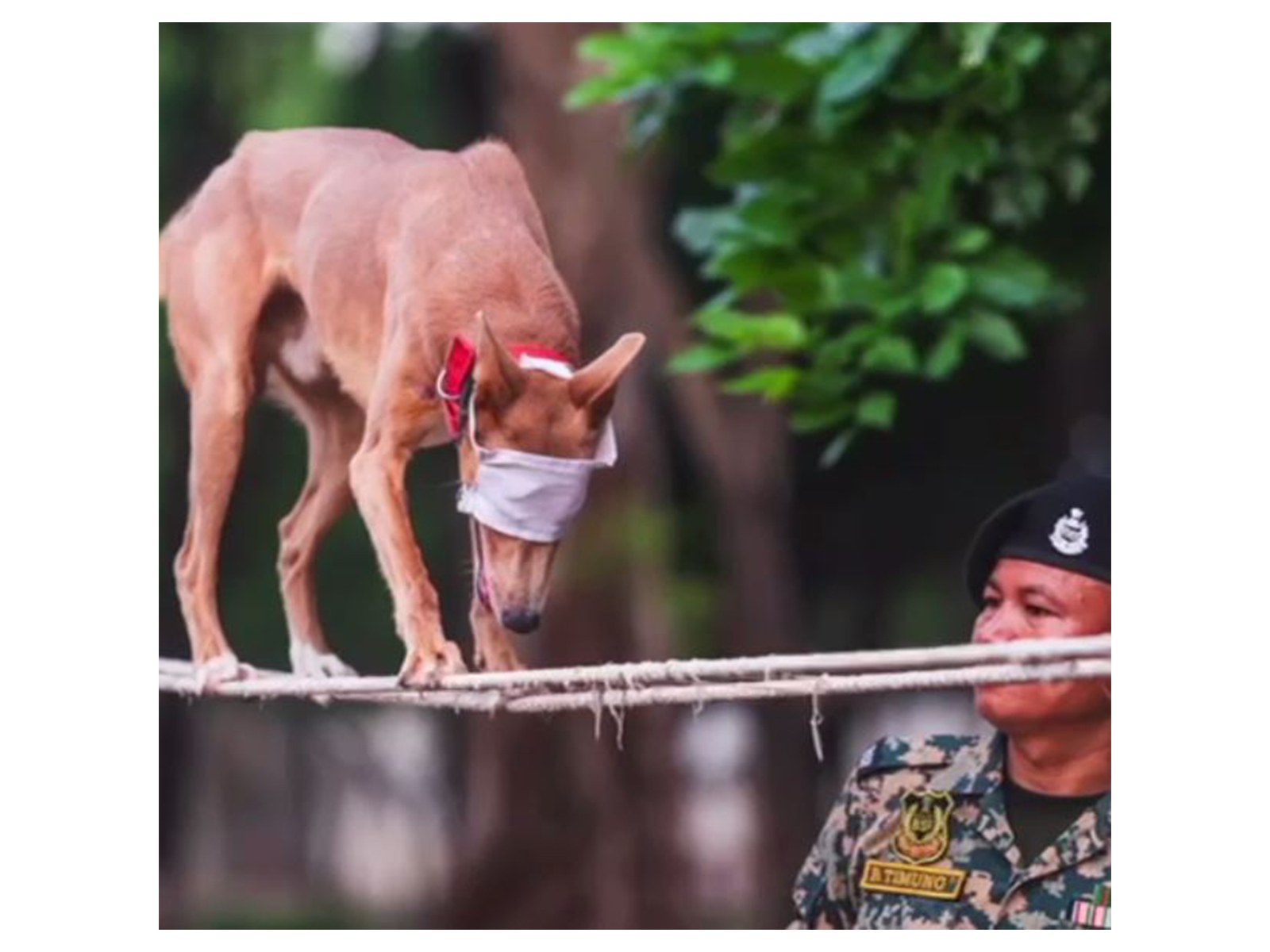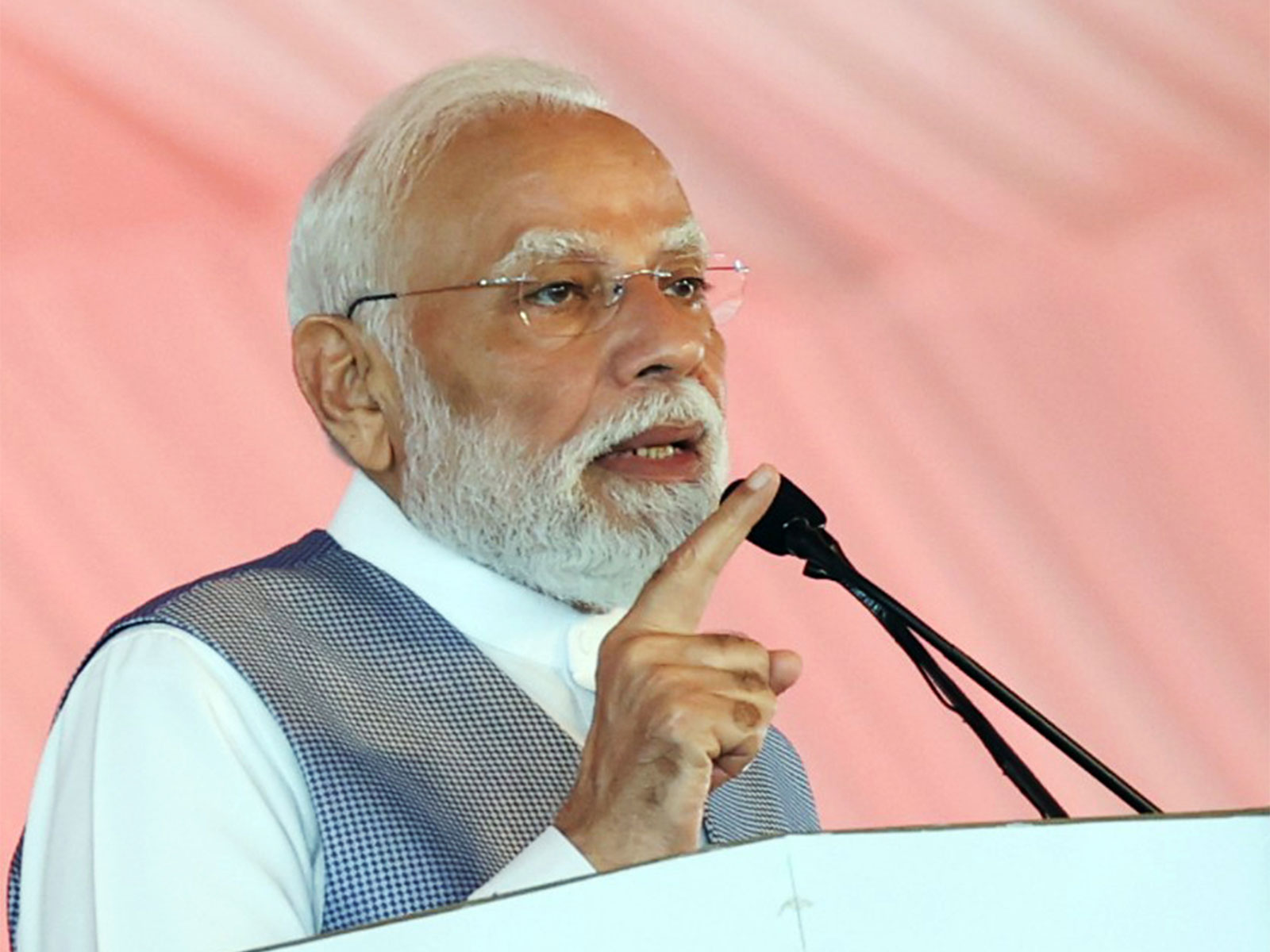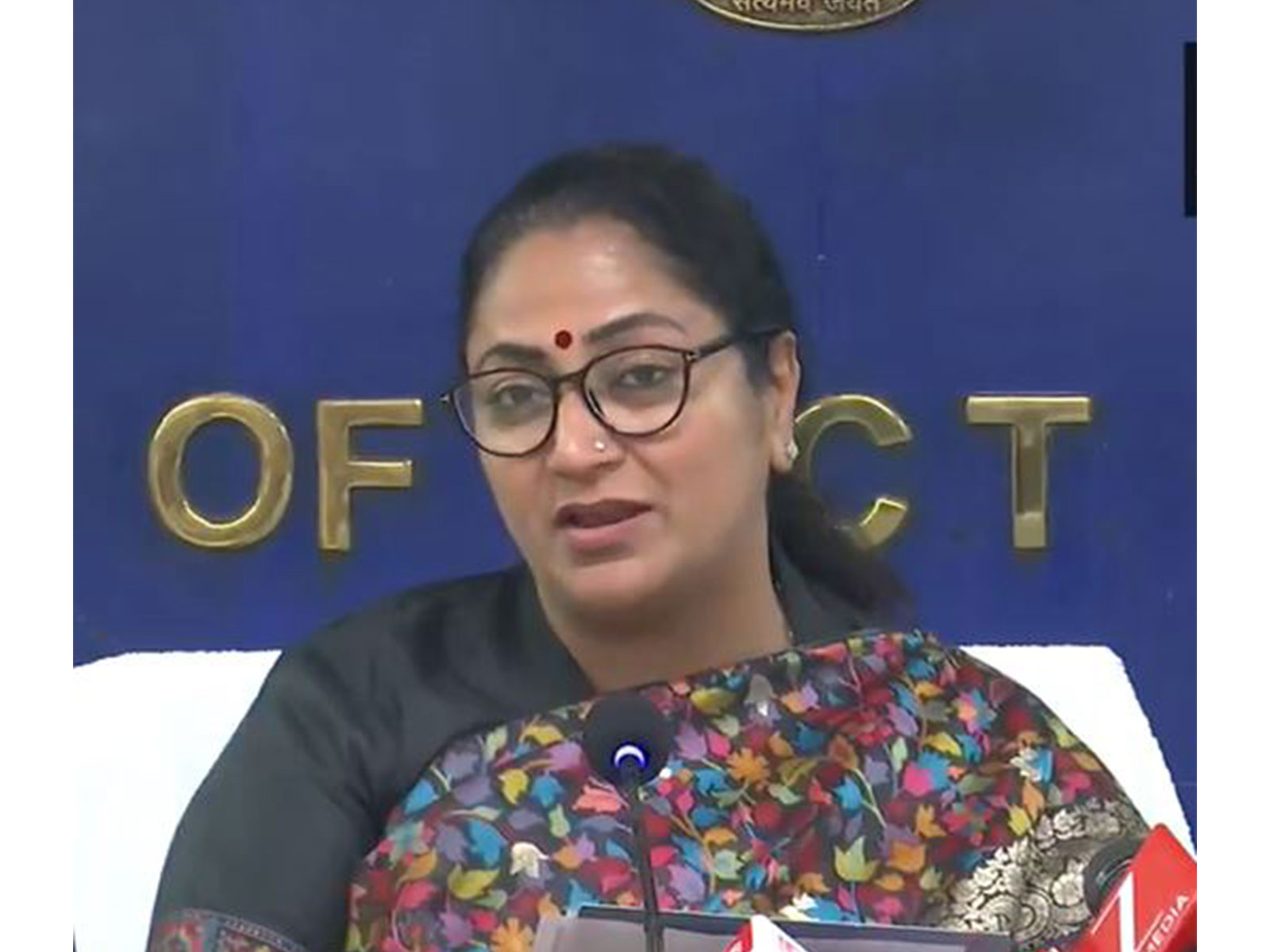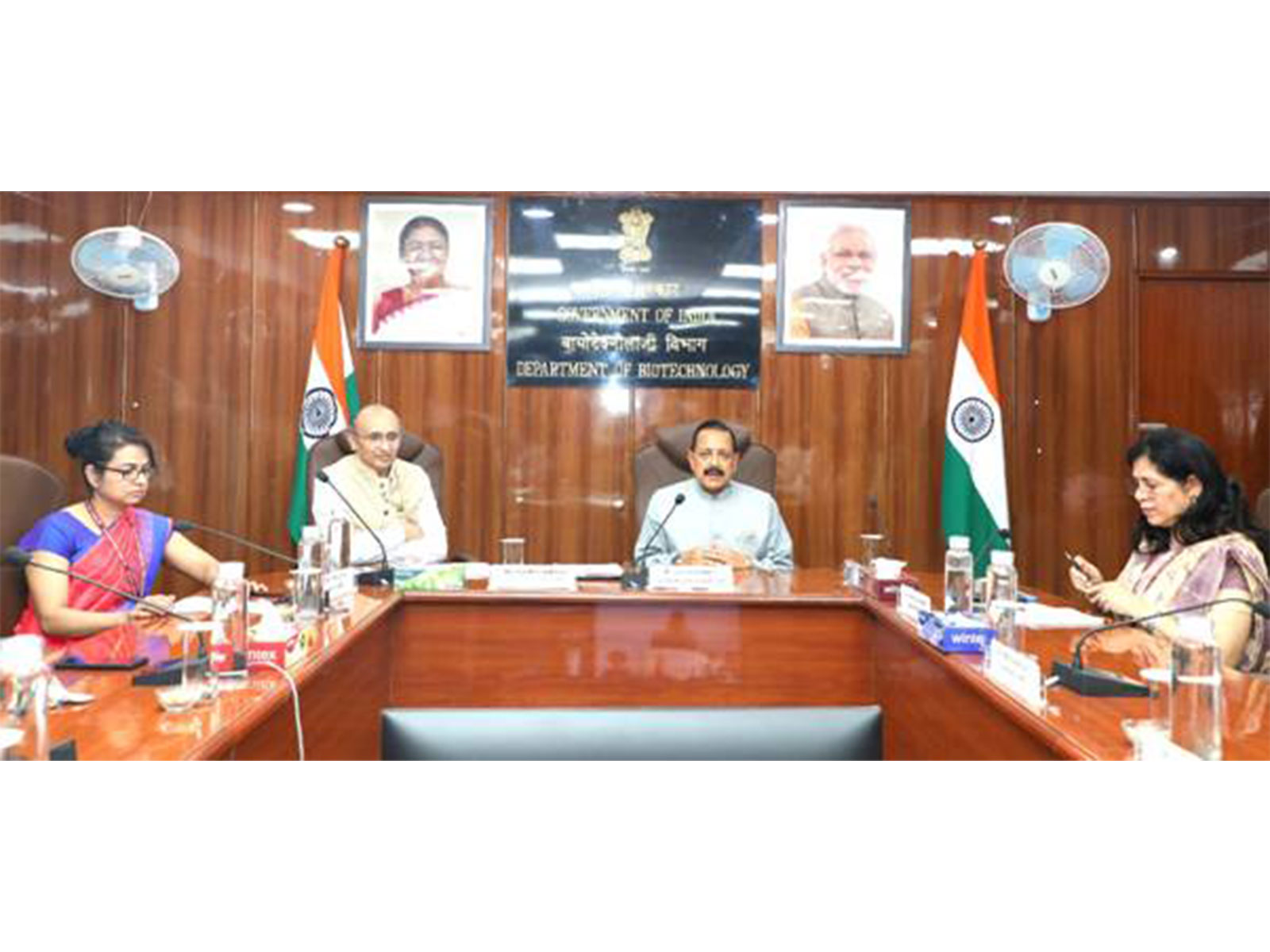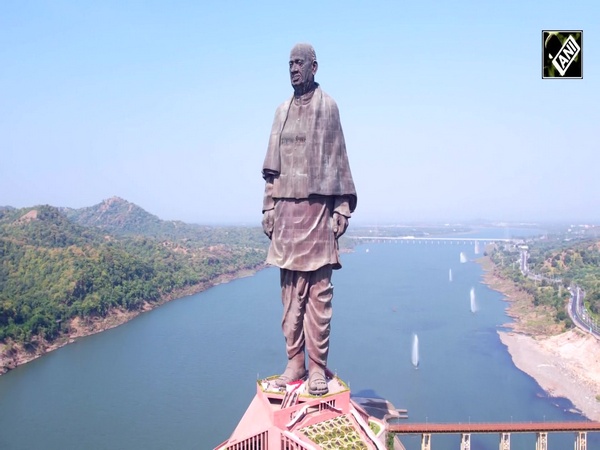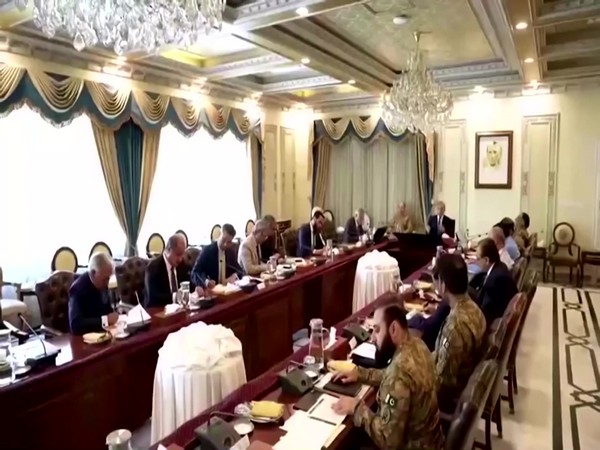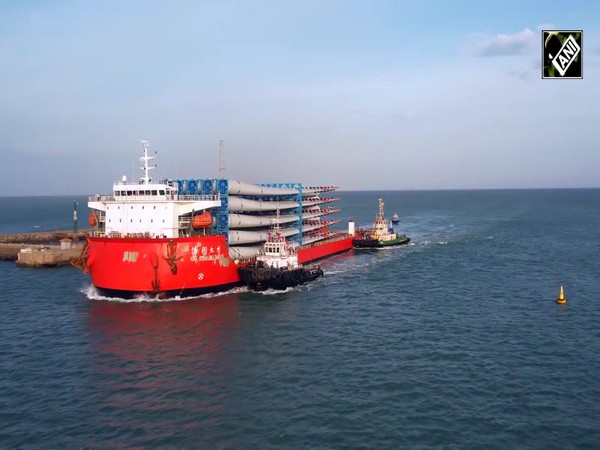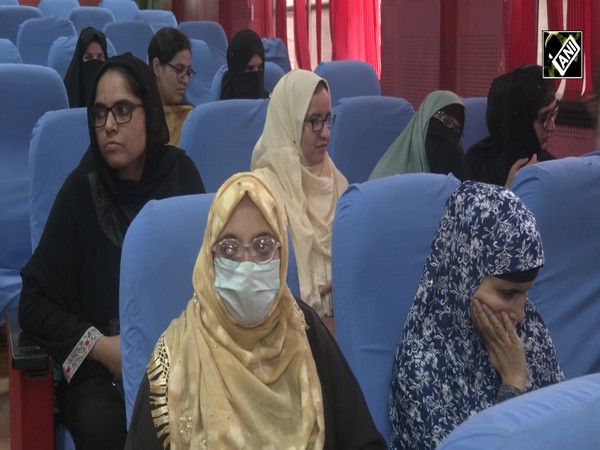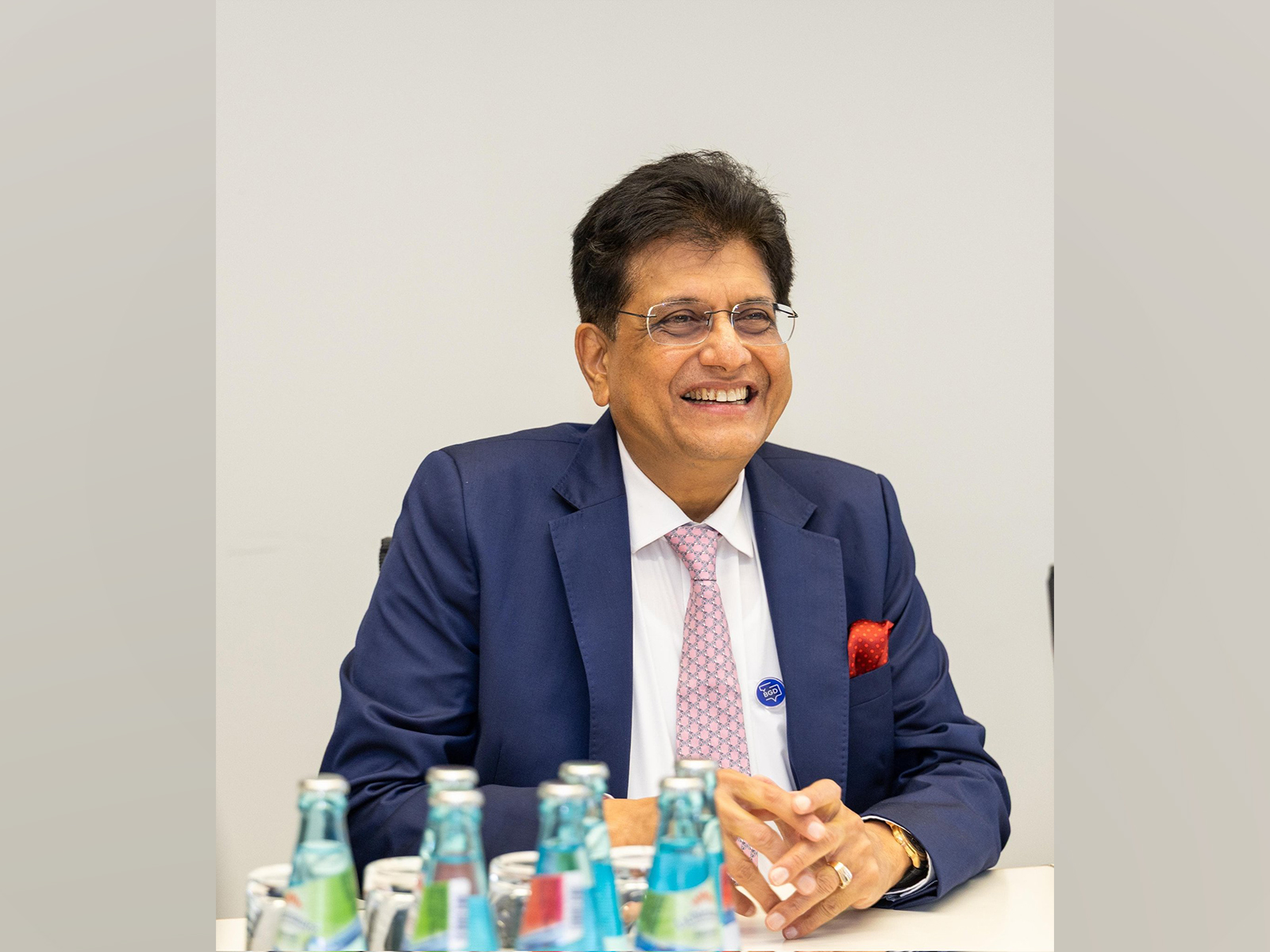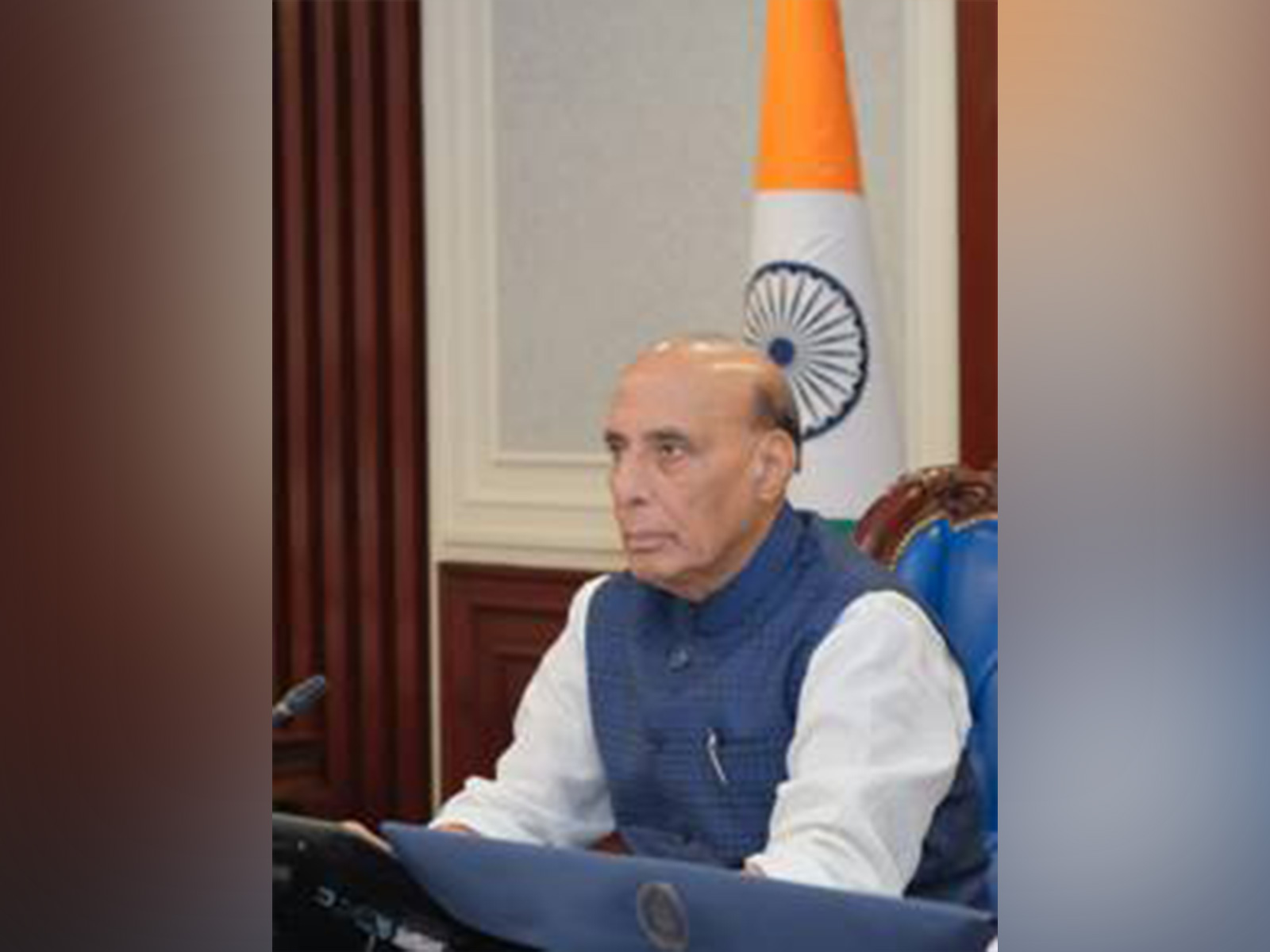
"Op Sindoor sent a global message that India is ever ready to respond to every challenge:" Rajnath at Naval Commanders' Conference
Oct 23, 2025
New Delhi [India], October 23 : Defence Minister Rajnath Singh on Thursday emphasised that Operation Sindoor was a symbol of India's willpower and capability, sending a message to the world that India is always ready to respond to every challenge.
Addressing the Naval Commanders' Conference in New Delhi, Singh said, "Operation Sindoor was a symbol of India's willpower & capability, and a message to the world that we're always ready to respond to every challenge."
He commended the Indian Navy for creating a deterrent posture that forced Pakistan to remain in the harbour or near its coast, asserting that the world witnessed the operational readiness, professional capability and strength of the Navy's during the operation. He described the Indian Navy's presence in the Indian Ocean Region (IOR) as a matter of "comfort for the friendly nations" and "discomfort for those who seek to destabilise the region".
The Defence Minister asserted that under the Atmanirbhar Bharat mission, the Indian Navy has become a "pioneer" in the country's self-reliance, innovation, and industrial development.
He highlighted that the Project 17A ships have created approximately 1.27 lakh jobs in shipyards such as MDL and GRSE, underscoring that every Navy project is linked to security, the economy, and youth employment.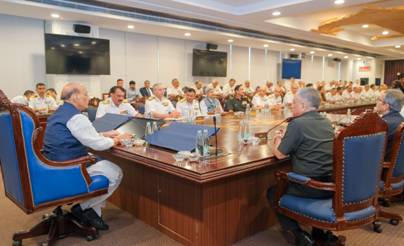
"Today, our Navy has become a pioneer in the country's self-reliance, innovation, and industrial development. With every ship and submarine built, a new job is created; with every engine, a new skill is created, and with every indigenous system, India's dependency is decreasing. Project 17A ships, which have more than 75 percent indigenous content, have created approximately 1.27 lakh jobs in shipyards like MDL and GRSE. It is proof that every Navy project is linked to security as well as the economy and youth employment," Rajnath Singh said.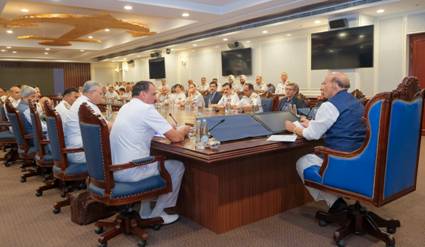
Dubbing the present-day warfare as technology and intelligence-based, the Defence Minister highlighted that the Government led by Prime Minister Narendra Modi is paying greater attention to Aatmanirbharta in defence, indigenous innovation, and state-of-the-art technologies.
"Maritime preparedness is no longer only about ships or submarines, it is based on technology-driven, network-centric, and autonomous systems. We need to protect ourselves from our adversaries' modern technologies, while enhancing our capabilities in these areas. We have the potential and the capabilities. We're manufacturing our equipment on our own soil," he said. 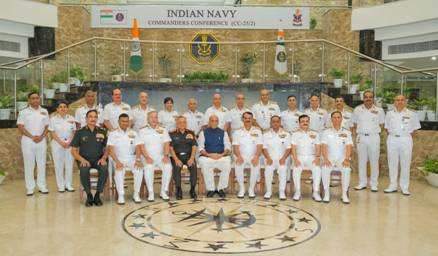
"IOR has become the centre of contemporary geopolitics. It is no longer passive; it has become an area of competition and cooperation. The Indian Navy, through its multi-dimensional capabilities, has played a leadership role in the region. In the last six months, our ships, submarines and Naval aircraft have been deployed at an unprecedented scale. In addition, our Navy has provided safe passage to approximately 335 merchant vessels, equaling approximately. 1.2 million metric tons of cargo and a trade value of USD 5.6 billion. This is proof that India has now become a trusted and capable partner in the global maritime economy," he added.
Terming a self-reliant Navy as the foundation of a confident and powerful nation, Rajnath Singh acknowledged the Indian Navy for enhancing its capabilities through indigenous equipment and emerging as the flag bearer of Aatmanirbhar Bharat.
"In the last 10 years, nearly 67 per cent of the Navy's capital acquisition contracts have been with Indian industries. This proves that we are no longer dependent solely on imports. We rely on our own talent and the capabilities of MSMEs and start-ups. Currently, the Indian Navy is working on 194 innovation and indigenisation projects under iDEX, TDF, SPRINT, and Make-in-India. These initiatives have not only made the Navy technologically self-reliant, but have also made private industries and young innovators a part of this mission," he said.
Noting the significant increase in the Indian Navy's collaboration with MSMEs and small shipyards, the Defence Minister highlighted that, recently, contracts worth around Rs 315 crore have been awarded for the construction of yard crafts, a major step towards the Vocal for Local vision.
"The Navy has made several innovations towards self-reliance in its aviation sector. Projects such as the Multi-role Maritime Reconnaissance Aircraft, Utility Helicopters, Twin-engine Deck Fighters, and Naval Shipborne Unmanned Aerial Systems are giving a new direction to our domestic aviation industry. This is not only filling critical capability gaps but also strengthening self-reliance," he added.
Rajnath Singh underlined the importance of laying equal emphasis on formulating a strategy and acquiring state-of-the-art equipment to fight present-day wars.
"No nation can win a war solely with equipment and warships. Technology gives us an edge, but geography, deception, timing, and human judgment must always be factored into the tactical framework. Fleet-size and modernisation is important, but tactically utilising platforms is equally crucial. Agility and adaptability are essential in planning," he said.
He stressed the need to advance the Naval strategy and thinking in sync with the rapidly evolving world.
"We must work together in three areas: capability, people, and partnerships. Capability means technology & strength; people means sailors & their families; and partnerships mean industries, academia & international cooperation. When these three come together, our Navy will emerge as an even more reliable and powerful force," he said.
Chief of Defence Staff General Anil Chauhan, Chief of the Naval Staff Admiral Dinesh K Tripathi, Defence Secretary Rajesh Kumar Singh, Secretary DDR&D and Chairman DRDO Dr Samir V. Kamat and Naval Commanders were present on the occasion.
The conference serves as a platform for close interaction with national leadership and bureaucrats, and fine-tune the Indian Navy's outlook towards mitigating multi-dimensional challenges in the current geo-strategic environment.
